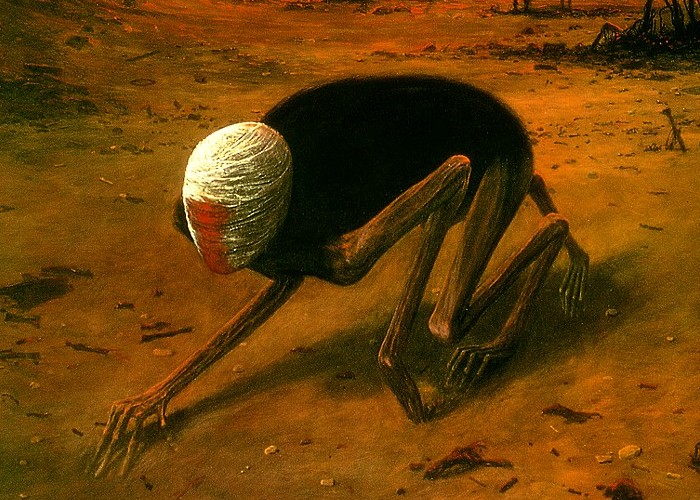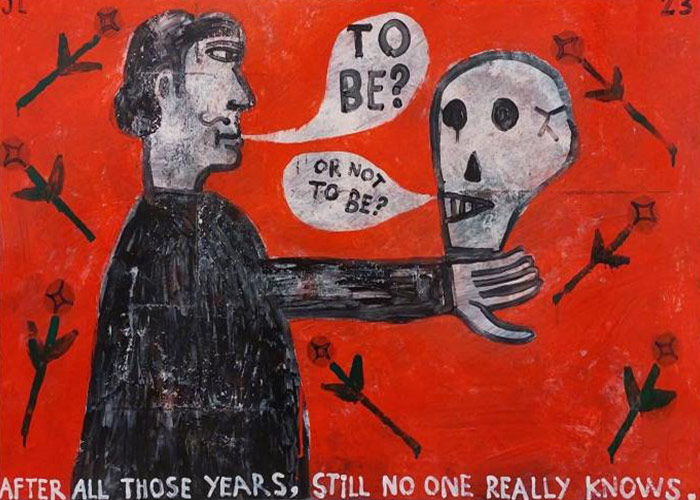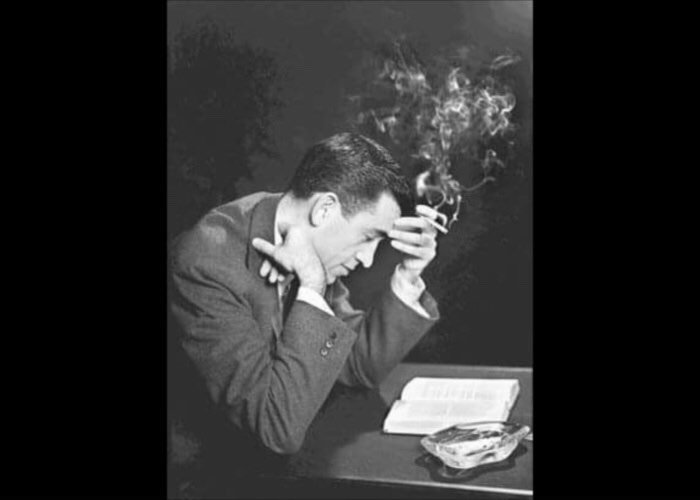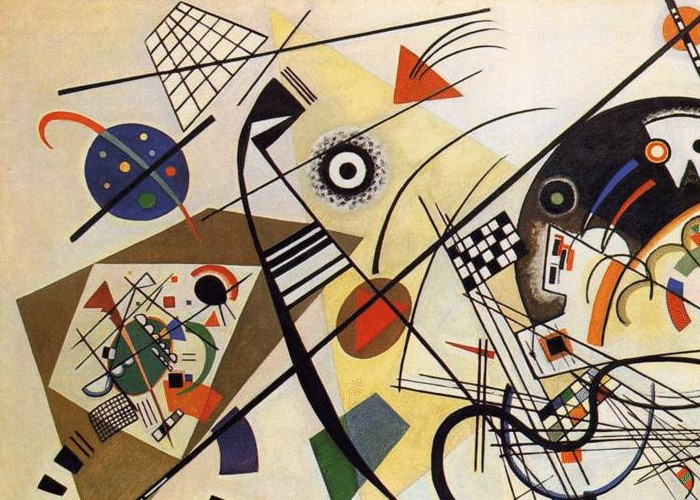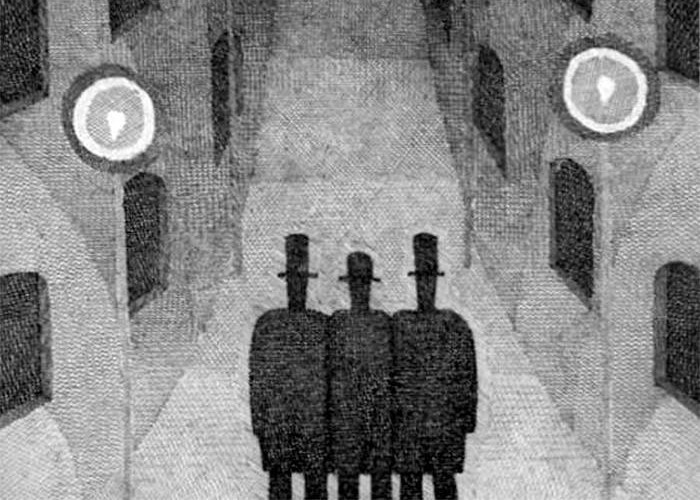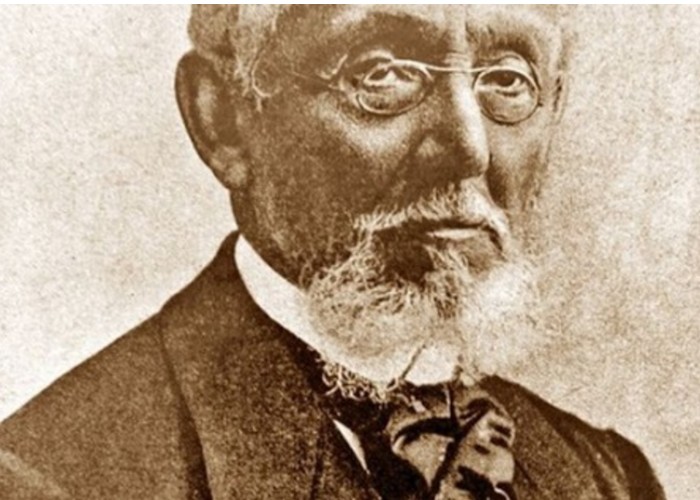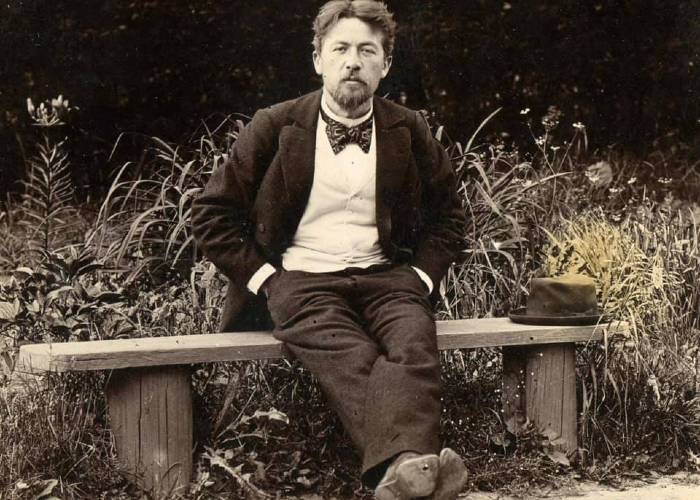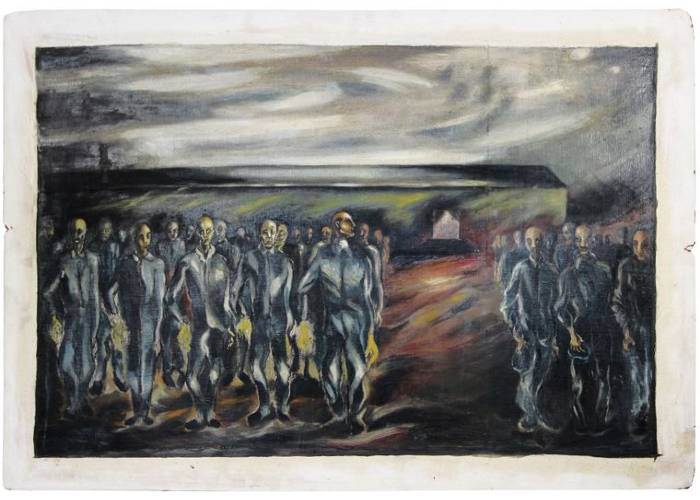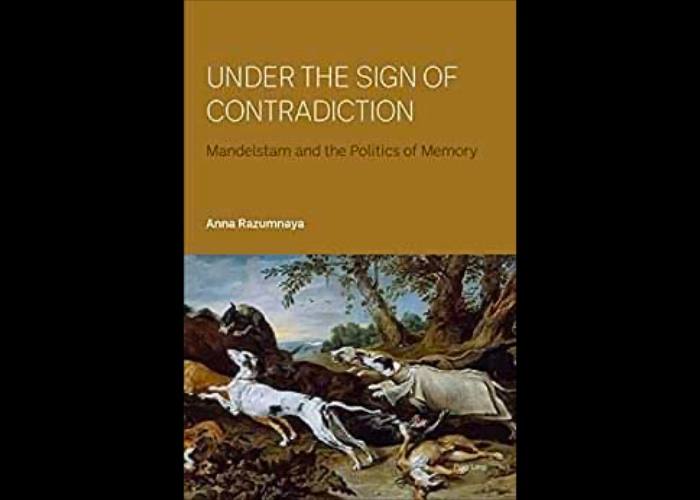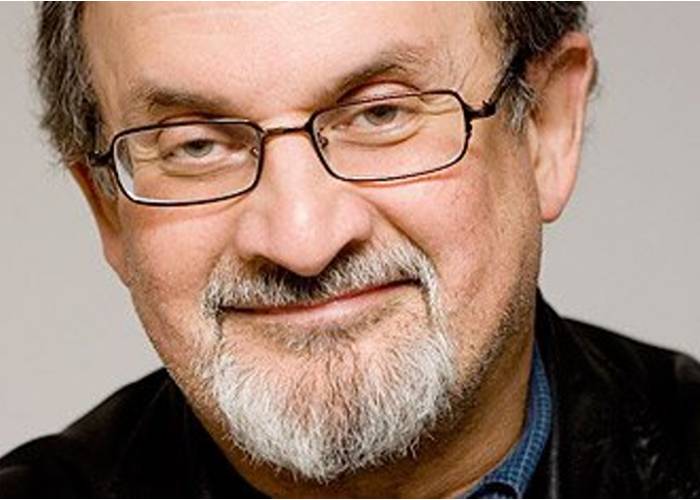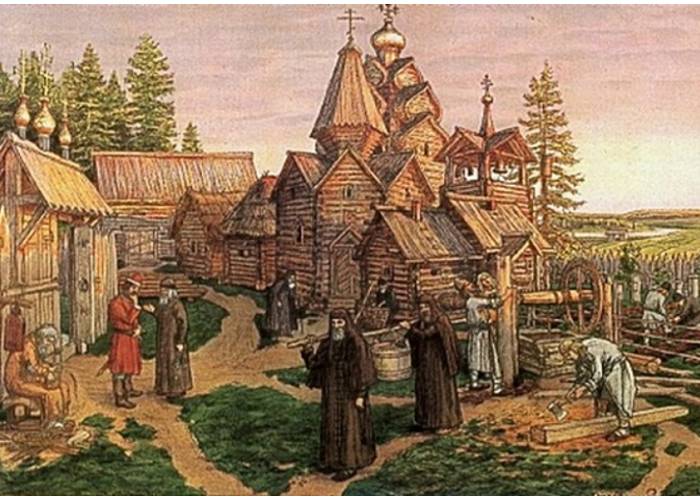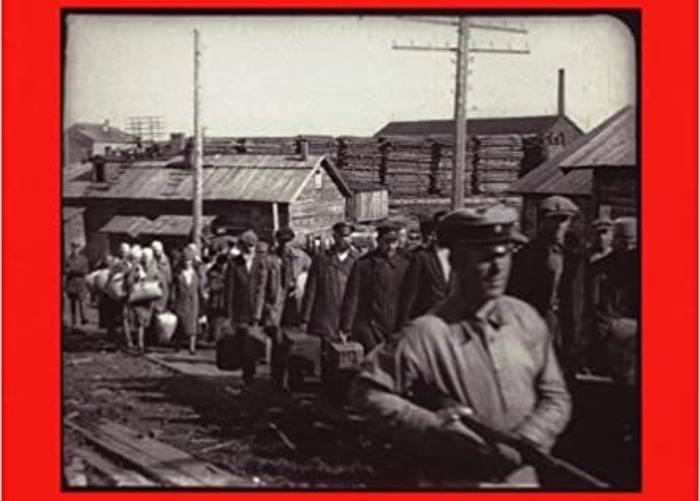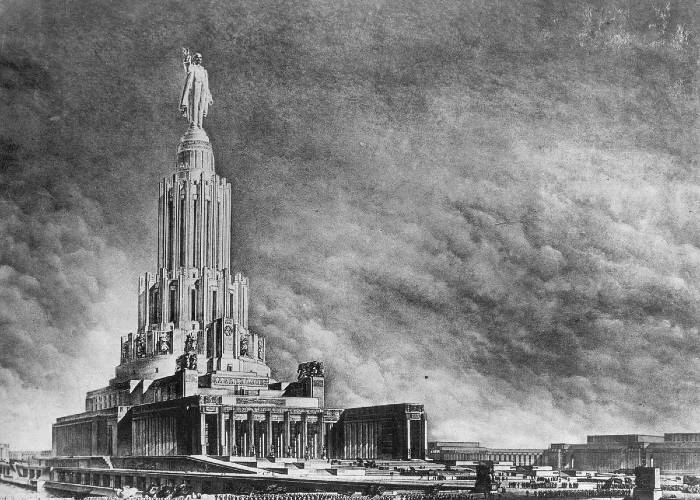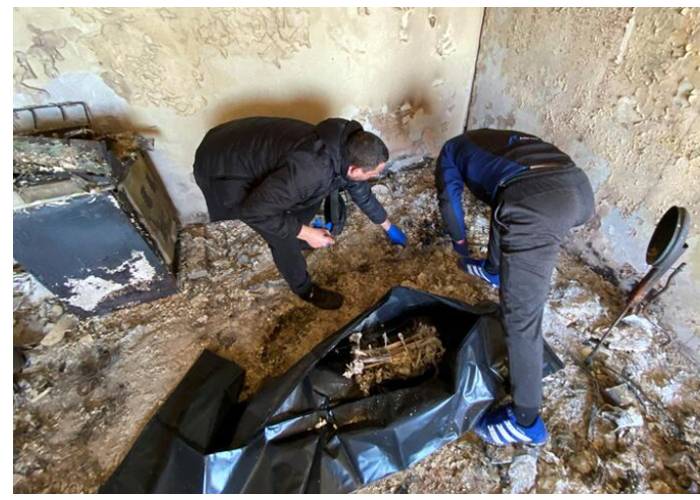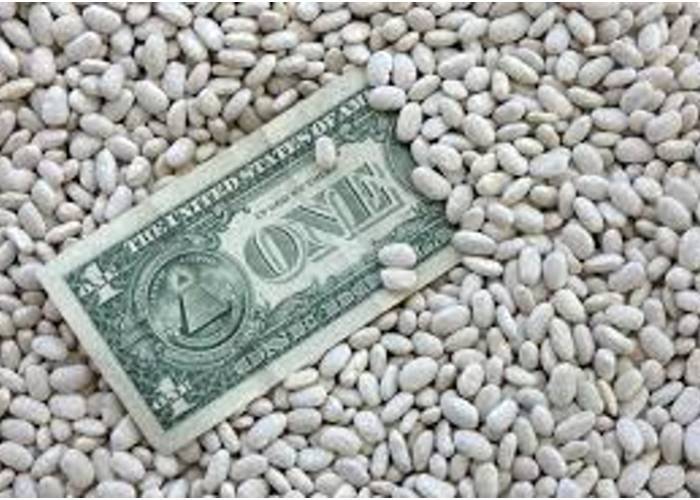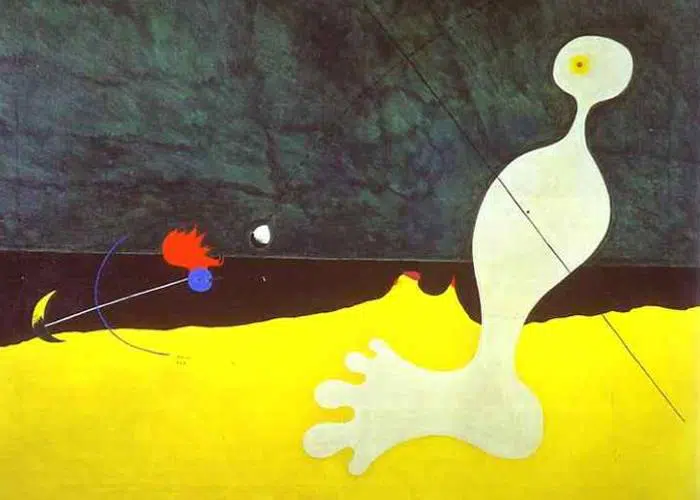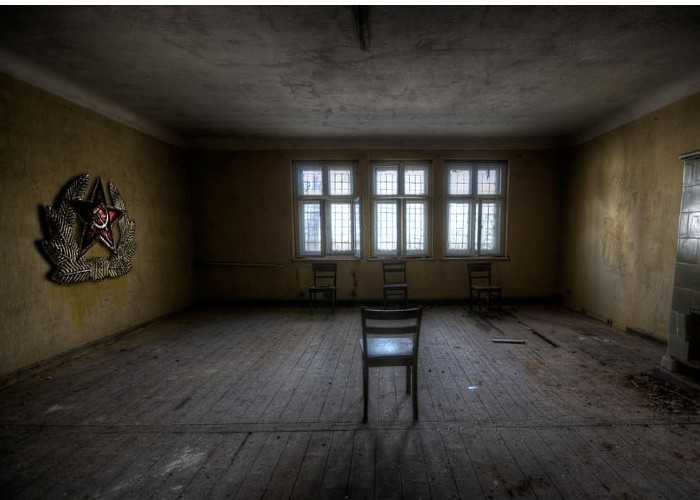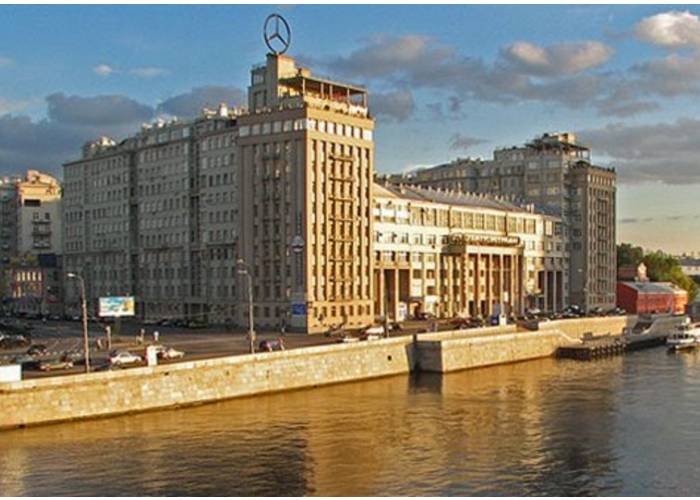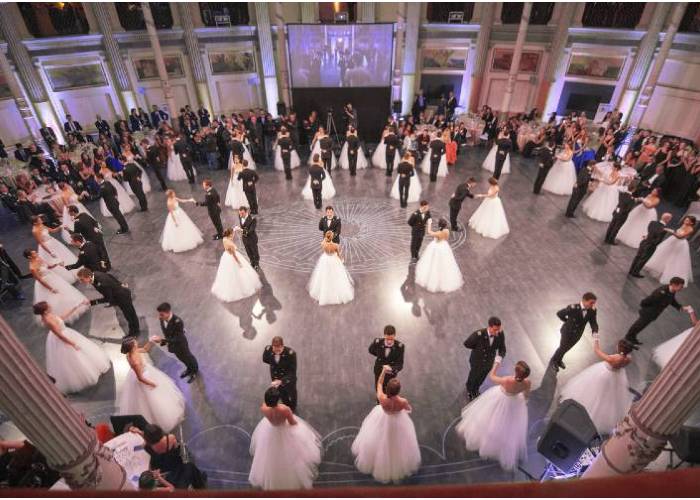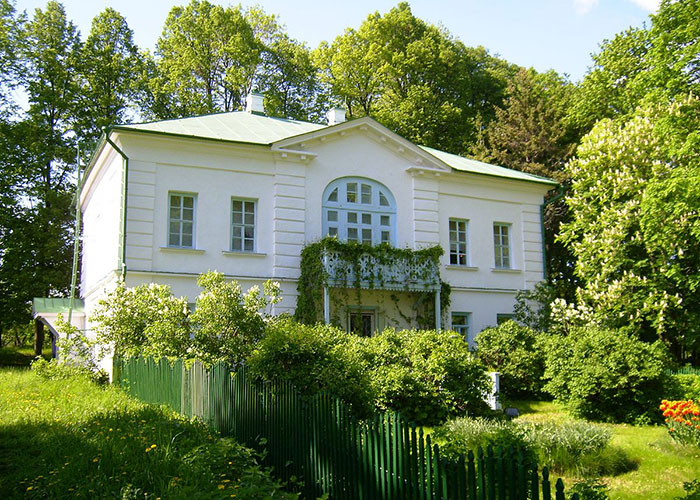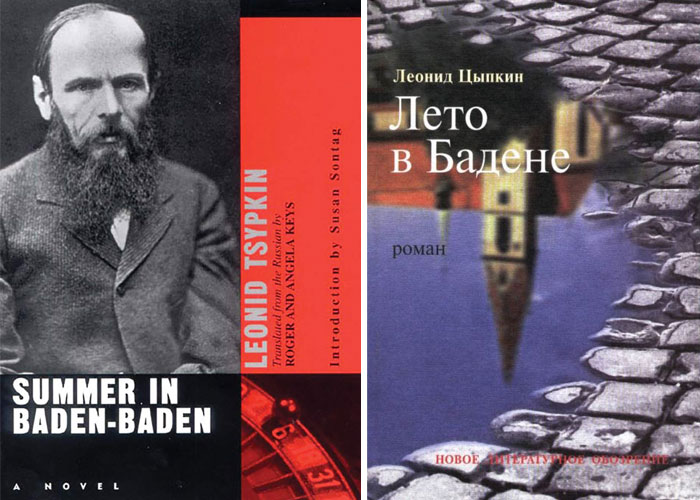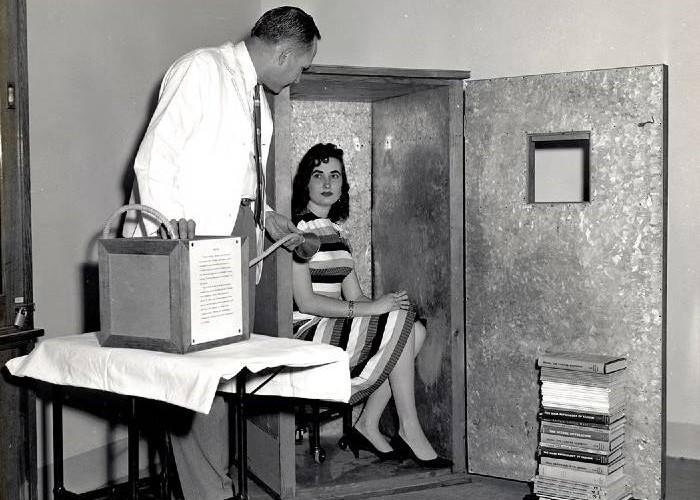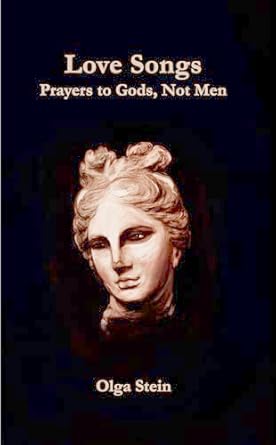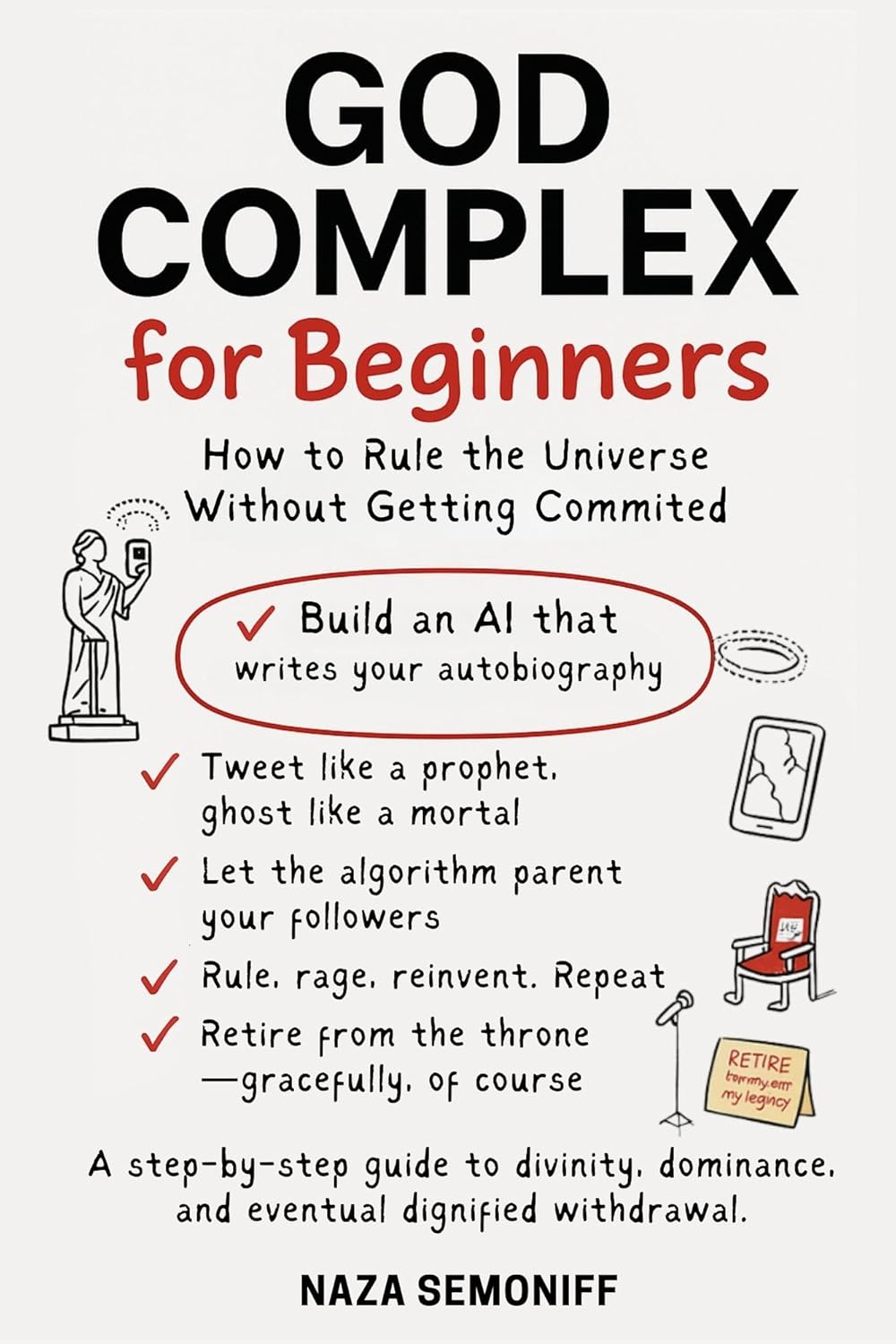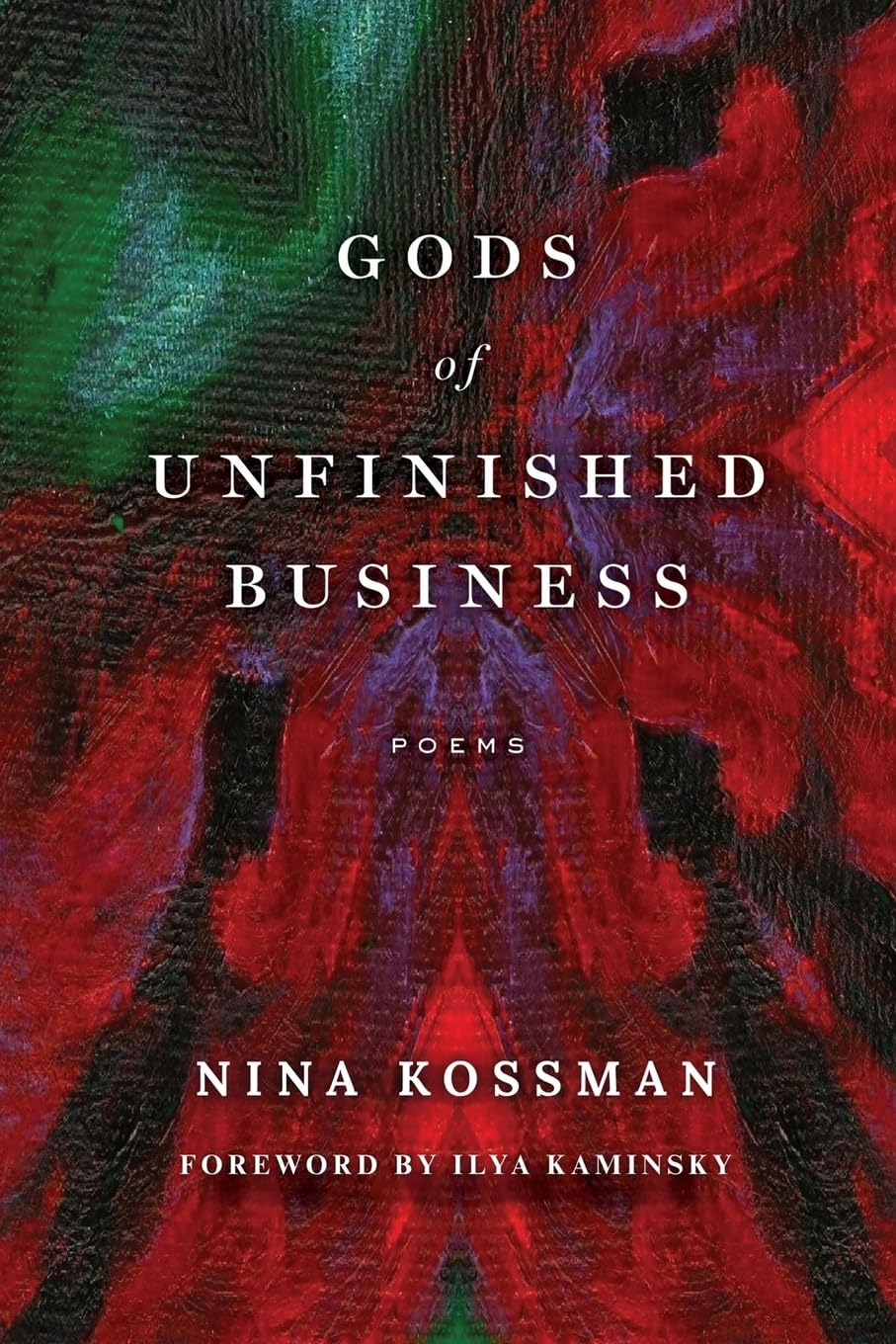On November 3, 1957, inmate Wilhelm Reich failed to report for a morning roll call at Lewisburg Federal Prison. He was found dead in his cell. Doctors pronounced him dead of a heart attack. A year earlier, U.S. authorities had destroyed six tons of his books in an incinerator. Thus ended the creative path of a man whose friends called him “something of a messiah,” while colleagues called him “a dangerous psychopath,” and cellmates “the man from the sex box”.
This path began on Austrian Square, now Cathedral Square, in Chernivtsi, in the Jewish gymnasium, where, on the eve of the First World War, 13-year-old Wilhelm was banished by his father. His father had a reason for it. One night Wilhelm followed his mother, who, in her husband’s absence, frequented the room of their home teacher. Reich snitched on his mother to his father. The father went berserk. The mother killed herself. The father blamed not so much his wife’s lover as his son (who also blamed himself) and got rid of him by sending him to Chernivtsi. There Wilhelm had his first symptoms of psoriasis which tormented him till the end of his life, and, as a consequence of all of the above, he developed an interest in medicine.
After fighting on the Italian front in the ranks of the Austro-Hungarian army, Lieutenant Reich went to Vienna to study to be a doctor. In Vienna, he met Sigmund Freud. Freud praised the well-read young man and allowed him to practice on his patients. With one of them, 19-year-old Louise Kahn, he immediately had a stormy affair. Her parents and his landlady were against it. They rented an unheated room on the outskirts of Vienna for private meetings. Once, after Louise spent the night there alone (Wilhelm forgot about the date), she caught a cold and died. Reich soon married her friend, another patient of his.
His career was on the upswing. Freud made the young doctor his deputy, entrusting him with all the educational activities of the Institute. At the same time, Reich wrote his first works on the structure of character and the nature of orgasm. For this, psychoanalysts dubbed him “the prophet of genital utopia”.
And that’s when things started to go wrong. His brother died of tuberculosis. Reich himself fell ill, but recovered miraculously. During the uprising of the 27th of July, shocked by the shooting of protesters on the streets of Vienna, he joined the Communist Party. He quarreled with Freud. He began preaching “sexual revolution” (yes, this term belongs to him). He moved to Berlin.
In 1933, Reich published his major work, Psychology of the Masses and Fascism. The Nazis came to power and immediately began to harrass him. Reich fled, first to Denmark, then to Sweden, then to Norway. He was expelled from the Communist Party for debauchery, and from the psychoanalytic society for insanity. (Anna Freud insisted on the latter interpretation. As if to confirm her words, Reich set up a tent on the lawn in front of the entrance to the conference hall and swore at all psychoanalysts passing by.)
Now Reich was no longer simply trying to marry Marxism to psychoanalysis. He saw the main reason for the decline of modern civilization in “bad orgasms”. He took up the cause with his usual determination. To study the phenomenon in more detail, he bought an oscilloscope and began to connect it to his subjects, who were engaged in fixing the “main problem of modernity”. By the way, the first couple who agreed to participate in the experiment were his secretary Gertrude Gaasland and her husband Willy Brandt, the future Chancellor of Germany.
Norwegians did not appreciate Reich’s work. The authorities accused him of pandering. From March to December 1938, Norwegian newspapers published 165 articles criticizing him. Doctors called him a charlatan and demanded his extradition. Bronislaw Malinowski himself spoke in support of Reich, remotely, from England.
Divorces, scandals, and affairs with his patients did not do Reich any good. His disease progressed. War broke out. Reich fled again, this time to the United States, where he had an epiphany. It turned out that the cause of bad orgasms was a lack of vital energy. And so his “orgone theory” was born. And to make up for the lack of orgone, a person had to be placed in a large Faraday cage.
Later, during a trial, a university professor would be asked: “You teach physics, you knew for sure it was a hoax! So why did you buy this cage from Reich?”. The professor would reply, “Of course it’s a trick. But Reich’s sex box really improved my family life. My wife spent four hours a day in that box. In silence.”
Reich got fired from the New School in New York, but he didn’t care. He was convince that orgone is cosmic energy dispersed in the atmosphere. So he started building ray guns to suck it out of the atmosphere. In the following years, Reich sold Norman Mailer several “life force accumulators”. And Mailer was not the only one who resorted to Reich’s services: Kerouac, Salinger and even young Sean Connery did as well. He gained an audience with Einstein. He wrote letters to Hoover, the head of the FBI, demanding an investigation of activities of aliens on Earth. He claimed that his orgone cannons could bring on rain. He accepted royalties from grateful farmers.
We already know how this is going to end. In a medical ban. In destruction of his books. In a arrest. In the culmination of the campaign against pseudoscience, followed by death in a prison cell.
Soon after his death, however, his books were reissued. Students rioting in 1968 made use of them by throwing them at campus cops.
But what was it about “Mass Psychology and Fascism” that had them so hooked? What was it that Wilhelm Reich offered them that neither Freud nor Marx could give?
________________
This is an excerpt from Victor Vakhshtayn’s forthcoming book “Smong” (Babel Books, T.A.)



